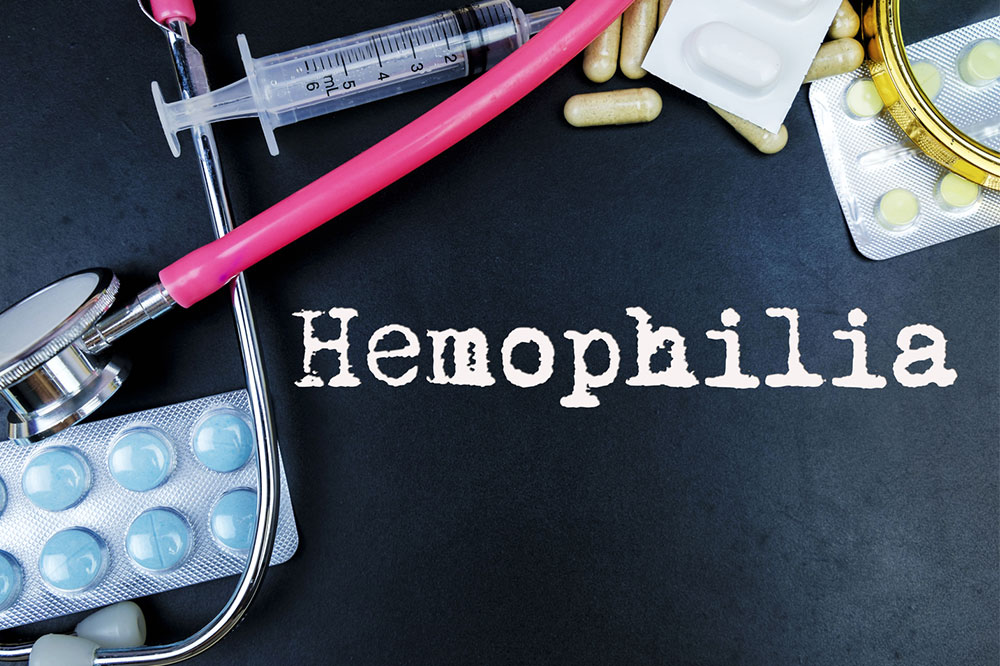
Crucial Risk Factors for Hemophilia
Hemophilia is a rare blood disorder in which the blood does not clot normally. It happens because of the dearth of clotting protein. People who have hemophilia tend to bleed for a longer duration following an injury compared to what they would have if the blood clotted normally. Some people are more susceptible to developing hemophilia as compared to others because of the risk factors for hemophilia.
1. Inherited Mutation
Approximately seventy percent of all hemophilia cases are inherited. When a woman carries a faulty gene in either of her X-chromosomes, her children, both boy or girl, have a fifty percent chance of developing hemophilia. If the carrier woman gives birth to a daughter who inherits this faulty gene from the mother, she will become a hemophilia carrier. However, in case the carrier woman delivers a baby boy who inherits this faulty gene, he will certainly develop hemophilia. A man with hemophilia will not pass this condition to his son. However, the same man will pass on this faulty gene to his daughters, and all of the daughters will then become carriers. If the mother is a carrier, then there is a high risk of the daughter developing hemophilia.
2. Spontaneous Mutations
Though most hemophilia is inherited, there is approximately thirty percent of cases with zero family history of the disorder. In these cases, usually, an unexpected alteration is seen in any of hemophilia associated genes. This is a rare hemophilia type, which occurs when a person’s immune system attacks the clotting proteins in the blood. It is usually related to autoimmune conditions, pregnancy, multiple sclerosis, and cancer.
3. Gender, Age, and Ethnicity
Usually, men are more susceptible to developing hemophilia as compared to women. Moreover, if hemophilia is not inherited but acquired, the risk is more common in people over the age of sixty. Thus, the hemophilia risk will only grow as you age. Following a study conducted by Indiana Hemophilia and Thrombosis Center, hemophilia is more prevalent in people of Ashkenazi Jewish descent. However, that does not mean that people of other descent are untouched by it. It affects other ethnic groups too. There is 1 in 1,00,000 Americans who develop Hemophilia C.
4. Other Risk Factors
Spontaneous hemophilia, also known as acquired hemophilia, may be a result of several health conditions such as diabetes, pregnancy, inflammatory bowel disease, autoimmune disorders, malignancy, pregnancy, diabetes, postpartum, and hepatitis.
So, these are the common risk factors for hemophilia. Please understand that having these risk factors does not necessarily mean that you will develop the disease. At times, even the people with no risk factors develop this disease, and those with the risk factors never develop the disease. However, being aware of the risk factors will help you work together with your medical professional to mitigate your risk of developing the disease.


